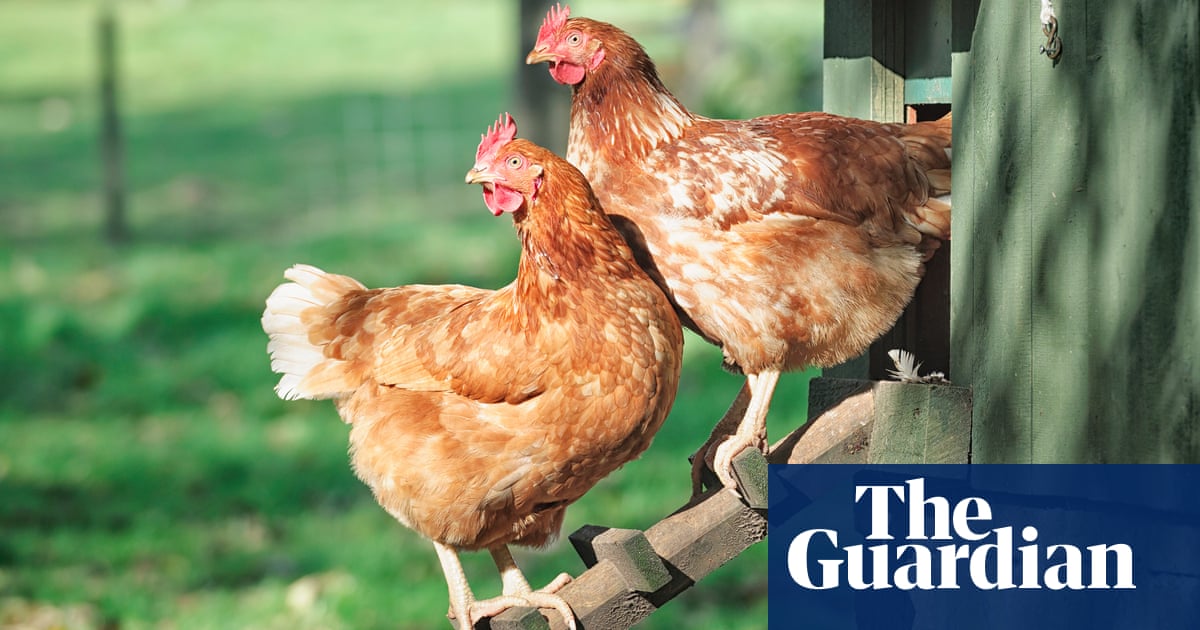According to research, humans are able to discern whether chickens are experiencing happiness or frustration based on their vocalizations.

Researchers suggest that by listening to chickens’ calls, breeders can identify whether the birds are happy or distressed, which could potentially lead to better welfare for the flock.
Researchers played recordings of hens for approximately 200 participants and discovered that 69% were able to distinguish between hens expressing contentment over an upcoming treat and those expressing frustration over not receiving a reward.
According to the study’s senior author, Professor Joerg Henning from the University of Queensland, those who care for chickens can recognize the birds’ emotional state, even without prior experience.
The research suggests that there is a shared method among animals for communicating their emotions. This could potentially lead to the development of a system using artificial intelligence to track the mood of chicken flocks and notify breeders if their hens are unhappy.
According to Henning, if this monitoring is dependable, it could offer a convenient and affordable means of improving welfare assessment techniques in the chicken farming industry.
In 1871, Charles Darwin, a Victorian naturalist, proposed that animals lower on the evolutionary tree could communicate their emotions through vocalizations. In his book, The Descent of Man, he suggested that this ability may have developed over time through changes in the animals’ vocal structures. This idea suggested the possibility that various creatures not only possess the ability to express emotions through calls, but also that they may be able to interpret emotions in the calls of other species.
Henning and his team conducted an experiment to test people’s ability to recognize emotions in chicken calls. They had volunteers listen to audio recordings of hens that had been taught to associate various sounds (beeps, rings, buzzes) with different items hidden behind a swing door. These items included mealworms, regular chicken feed, feather-cleaning dust, and an empty bowl.
The chickens would make quick and high-pitched clucking sounds, called food calls, when they knew there was a treat behind the door. However, when there was nothing to be excited about, they would respond with long and wavering moans, known as gakel calls.
Every participant listened to 16 recordings, all with the same duration. Half of the recordings featured chickens anticipating a treat, while the other half featured birds that were not expecting any treat. Approximately 70% of the participants, who were recruited from the researchers’ professional connections and through advertisements in online poultry publications, were able to distinguish between the excited chickens and the frustrated ones. However, older individuals were less successful, possibly due to their diminished hearing ability. The results of this study have been published in Royal Society Open Science.
New discoveries support the idea that people can understand the feelings behind the vocalizations of various animals, including tree frogs, alligators, ravens, and giant pandas. This suggests that land-dwelling animals may have a common way of communicating emotions through their vocalizations, which aligns with Darwin’s theory.
Henning suggested that if the concept is deemed viable after additional examination, chicken call monitoring could potentially be incorporated into animal welfare evaluations. This would be especially beneficial for farms with large numbers of chickens. He also noted that small farmers could also profit from being aware that their interpretation of chicken calls is likely accurate.
Source: theguardian.com


